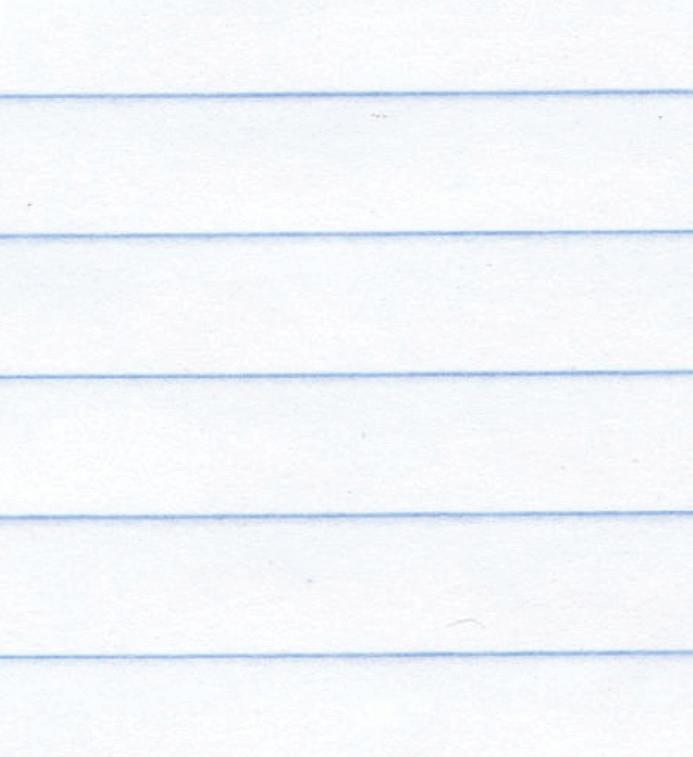
5 minute read
Recognizing Holidays
Behind the chrismask
Holidays celebrated during December, January, other than Christmas
Advertisement

Christmas is one of a very wide variety of holidays celebrated in December and January. O en under the “mask” of Christmas, other holidays get less attention. A couple of these are Sankrathi, Dia de Tres Reyes and Hanukkah. Makar Sankranti(muh-kurr sun-krawn-thee) is a Hindu holiday celebrated all across India, but prominently in the southern regions. It has several meanings behind it, one regarding the sun and the another regarding harvest. “It is the celebration of the sun’s journey from the southern hemisphere to the northern hemisphere,” junior Jahnavi Kondeti said. e staple food for southern India is rice. It is usually ready for harvest around the middle of January. Sankranti signi es harvest and the farmers’ hard work through the season to produce yield. “It is a festival of abundance regarding crops, because they come to fruition,” Kondeti said. Sankranti is a three day holiday, occurring Jan.1416 in 2023. e rst day is widely known as Bhogi(Bohghee) - in the southern states, or Lohri(Low-ree) - in the northern states. It is celebrated with a bon re signifying destruction of old items. e second day is Sankarthi, or Pongal (in Tamil Nadu, a state) signifying new beginnings. e third day is called Kanuma, simply meant for fun and gambling. Along with traditions such as wearing new clothes and performing a pooja (o ering to god), there are many more customs followed. “We y kites, make rangolis [which are colored rice our artworks on the ground], get together with friends and family, cook lots of di erent foods, eat and celebrate. together Kondeti said.
Veda Thangudu thangved000@hsestudents.org


Dia de Tres Reyes ( ree kings day) is a Spanish holiday, celebrated every year on Jan. 6. Junior Liam May eld is one of many who celebrate it. As a part of the preparation, the day before, children prepare a wishlist for the three kings, and place it by the door. “ e following morning there are gi s at the door,” May eld said. “ e gi s don’t always 100% match with the ones on the list, but there are a good amount of gi s and everyones still happy.” One aspect of the holiday is Rosca de Reyes, a wreath shaped bread served with chocolate sauce and typically topped with candied citrus fruits and cherries. “In some families they’ll have little dolls inside their bread,” May eld said. “If you get a doll, you might get another gi or you’re in charge of something next year. We eat that in slices, and then we’ll happily conclude the celebration there.” For May eld’s family, the peak of the celebration is in the morning. However, di erent families celebrate the holiday in di erent ways. “Some people don’t celebrate as extreme as other people and that’s ne,” May eld said. “Everyone celebrates in their own way and I think that’s great.”
Hanukkah is a Jewish holiday that will be observed from Dec.18-26 in 2022. History teacher Michelle Greco and her family celebrate it. e history, in short, is a story of when the Greeks took control of the Jewish temple and used it inappropriately. One of the traditions of the temple was that there always had to be a lit menorah or candelabra. “By the time [the Jews] got a hold of the temple again, they only had enough oil to light the lamp for one day and it was gonna take eight days to get more oil,” Greco said. “Miraculously, one day’s worth of oil lasted eight days. We celebrate that by eating a lot of fried foods and lighting a menorah.” Traditional menorahs have seven candles, but Hanukkah celebrations require a type of menorah called the Hanukkiah which has nine candles. Food is a signi cant part of the holiday. Many varieties of foods are made, predominantly fried foods, to signify and emphasize the story regarding the shortage of oil to light the lamp. “We make Latkes, which are fried potato pancakes,” Greco said. “We also fry a special kind of donut called a Sufganiyot, which is like a jelly donut.” Along with food, there are other important customs that are followed. Some include lighting candles and gambling. “We play dreidel, which is a gambling game,” Greco said. “We gamble for marshmallows and we drink hot chocolate because that’s my family’s tradition. Usually people play for little chocolate coins called gelt.” One common misconception is that Hanukkah is the Jewish Christmas. Greco draws a clear line between the two. “ ey stand for very di erent things,” Greco said. “It’s been lumped in with Christmas because it is the Jewish holiday that tends to fall around this time of year. Although the way that the calendar goes, it does shi .” Greco also mentions that the ritual of giving gi s during Hanukkah is not the original celebration, but due to it falling around Christmas, gi s are given. “ e tradition of giving gi s for Hanukkah is an adaptation, which is ironic because the holiday is about not assimilating, but it’s because people feel le out,” Greco said. “Christmas is everywhere and you want to be able to provide gi s for your kids.” Greco expresses her love towards Hanukkah. “It means a lot to me because particularly living in the northern hemisphere, where the days are short and dark in December, it’s something fun to look forward to and I like that it lasts eight days because each day things are getting brighter because you’re lighting an extra candle,” Greco said. “I nd that very mentally, emotionally [and] spiritually rejuvenating to be able to do that when it’s just so dark out so early.”

















